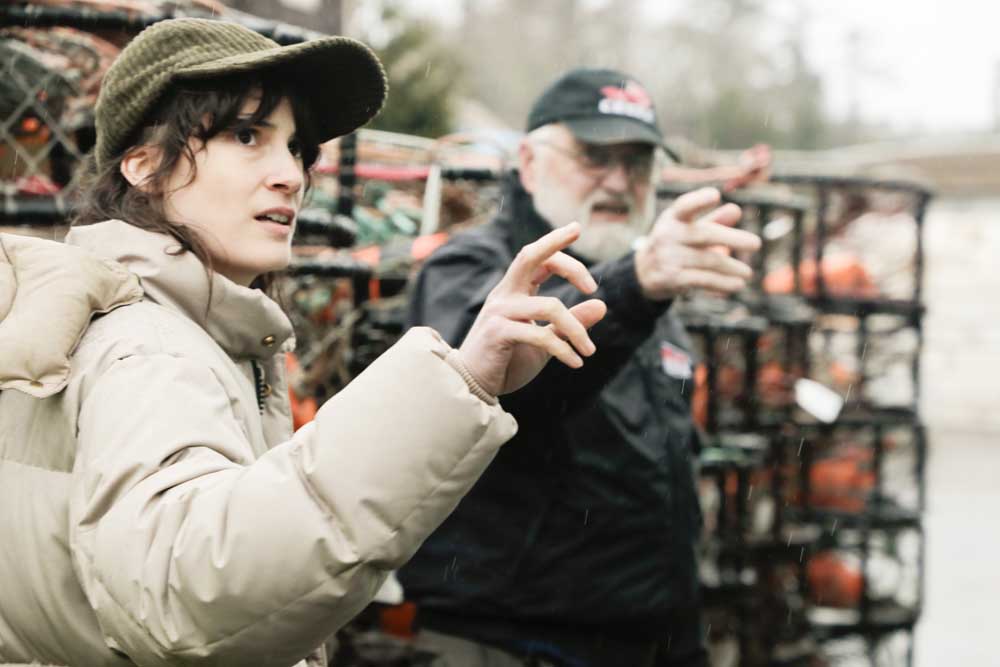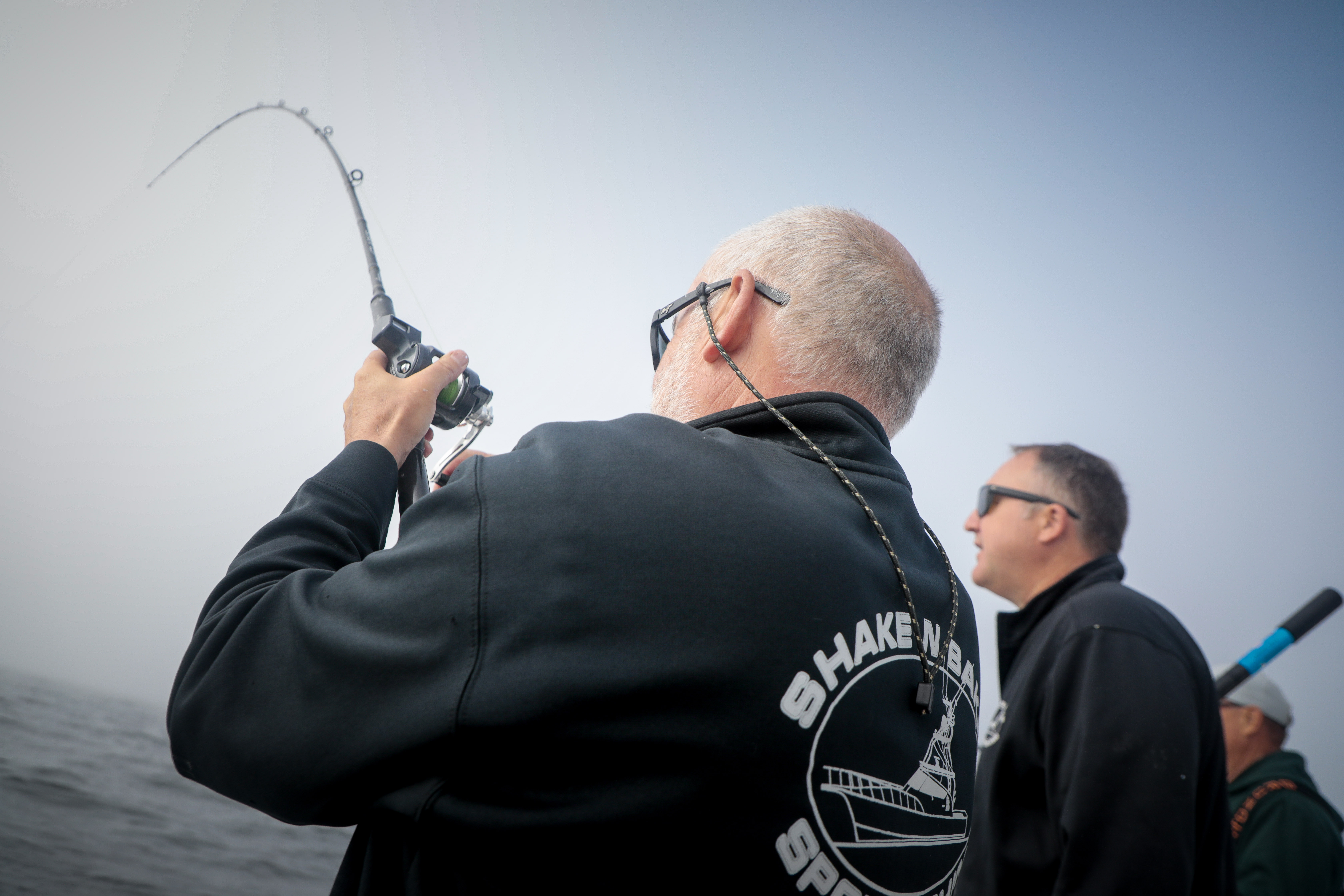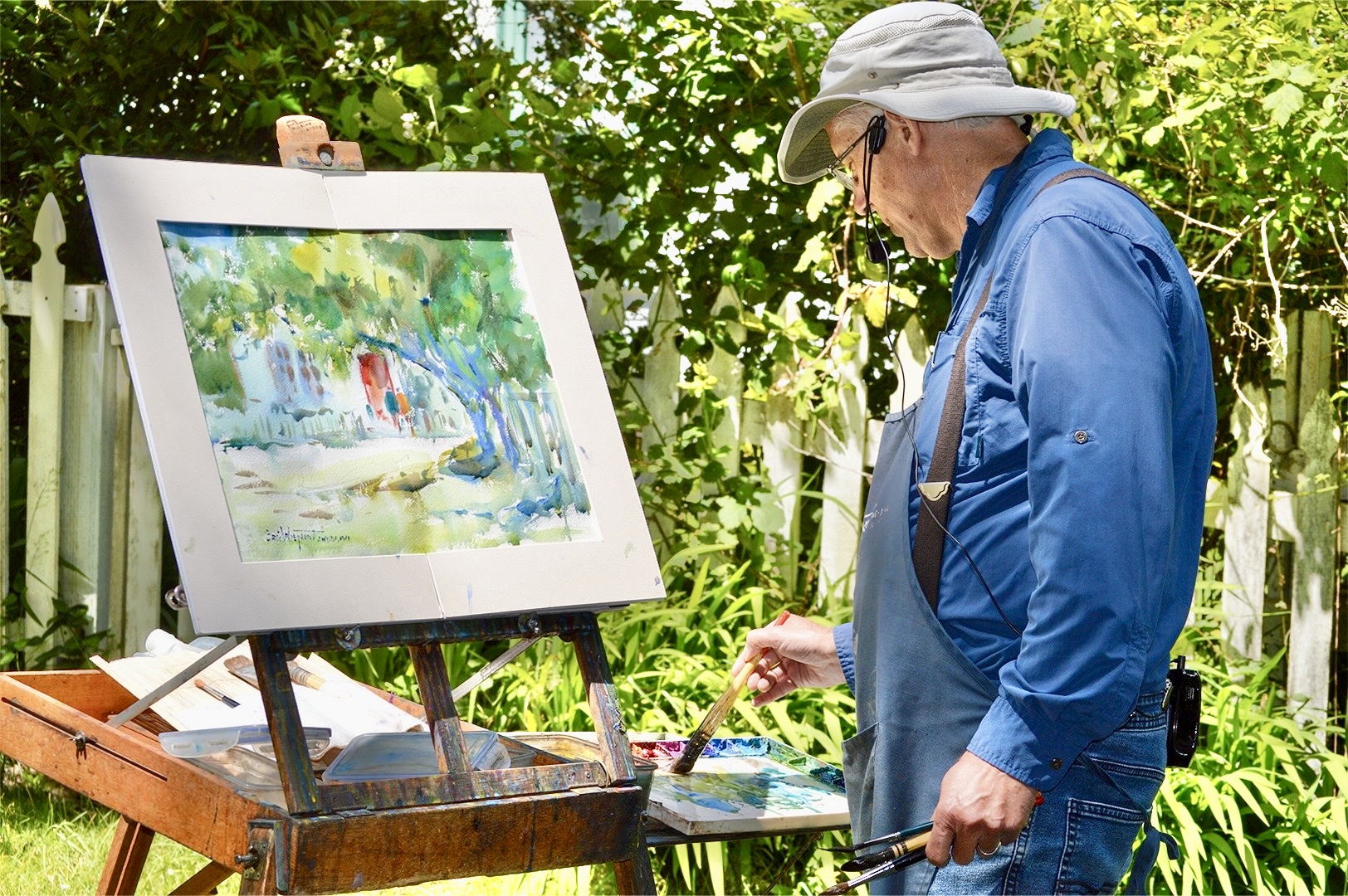Here come the chum: Fall fishery fuels dwindling Willapa Bay gillnet fleet
Published 1:00 pm Tuesday, October 22, 2024

- Heading in
WILLAPA BAY — For the first time in years, commercial gillnetters are filling their holds with Willapa Bay’s most prolific salmon.
Trending
Over the past week, more than 60,000 pounds of chum salmon have been harvested by a handful of local gillnet fishermen based at the Port of Peninsula in Nahcotta, rekindling hope for a fishing culture reeling from years of habitat loss, restrictive regulation and license buy-backs.
“It’s been almost 10 years since we’ve been able to target chum,” said Warren Cowell during a break of operating a hoist used to unload the chum from the hold of each vessel on Sunday, Oct. 20 at the Port of Peninsula.
“Just on our dock, we had 17,000 pounds on Monday (Oct. 14), 31,000 pounds on Wednesday (Oct. 16) and 16,000 pounds on Friday, (Oct. 18),” explained Cowell, a fish buyer for South Bend Products and former gillnet fisherman.
Trending
“It’s huge. Wednesday alone we had 31,000 pounds at 70 cents. That’s over $20,000 that went out to six or seven boats and their crews.”
Gilnetters on the bay
Cowell estimated there are currently 22 active commercial gillnetters fishing on Willapa Bay.
“That’s including South Bend, Bay Center, Tillamook and our fleet. We have eight or nine here this year,” he said.
The number of licensed gilnetters in Washington has fallen roughly 75% since 2020, from 240 to 67, spurred by a license buy-back program.
In 2021, the Washington State Legislature approved a $14.4 million program to reduce the number of non-treaty commercial gillnet licenses on the Columbia River and Willapa Bay. The program used a voluntary buy-back program to pay for licenses. The program concluded in June 2023, with Washington having reduced the number of commercial Columbia River gillnet licenses in the state, from 240 to 67.
The program was part of a plan to move gillnet boats off the main stem of the river, while giving more of the salmon harvest to recreational anglers.
“When they had the buyback in 2021, a lot of them went away, myself included,” Cowell said. “I sold my license because, as a fish buyer, I can’t go out — as soon as someone would come in, I would have to quit. It’s a cultural thing. I didn’t want to sell it, but for that kind of money I couldn’t justify keeping it. It eliminated a lot of the licenses.”
Chum salmon science
The 2024 Willapa Bay commercial gillnet season has been ongoing since August, but the action has ramped up in recent weeks fueled by opportunity in the chum fishery.
“It’s been incredibly busy,” said WDFW technician Eris Eichel, who was taking measurements and scale samples from selected chum salmon. “The chum run is very productive. I’ve been out here all the fishing days since August. This has been the biggest chum week so far.”
Eichel was particularly interested in examining salmon scales, comparing them to rings on a tree and giving insight into the health and environment of the fish.
“The scales help us determine the age. They’re like rings on a tree, you get a different ring on the scale for each year the fish is alive,” he explained. “And just like the rings on a tree, the spacing and density of the ring itself changes based on the salinity and temperature of the water that the fish is in during that time.”
“The sex can help determine how early or late we are in the run. With the chum, the males tend to come in first and have been a majority of the catch so far. We can tell what phase we’re at in the run based on the percentage that’s male or female. By the time we start to see more females than males, we’ll know that we’re getting toward the second half of the run.”
From bay to table
Chum salmon, sometimes also known as dog, keta, silverbrite or calico salmon, are marketed for their milder, lighter, “less fishy” fillets compared to richer, fattier coho and Chinook.
Chum caught in Willapa Bay could ultimately be served in a casserole in the Midwest, with the roe savored as a caviar sushi delicacy overseas in Japan.
“The primary market is for the eggs, because chum salmon make the very best salmon caviar,” Cowell said. “A lot of the Japanese eat them.”
‘The primary market is for the eggs, because chum salmon make the very best salmon caviar. A lot of the Japanese eat them.’
Warren Cowell, salmon buyer
A specific ‘ripeness’ is sought in regards to salmon eggs when it comes to producing the best caviar.
“The youngest and brightest fish don’t make the best eggs, because you want the eggs to where they just come of the skein,” Cowell said. “There’s a certain amount of ripeness — like an apple, you don’t want it too green or too ripe. It’s the same with chum eggs.”
Milder chum salmon fillets are coveted for their mild taste in different regions of the U.S.
“In places like Chicago and the Midwest, they prefer chum salmon because it’s not as strong tasting. They don’t like what we like, which is the really strong and oily Chinook, which is our favorite — spring salmon being the best in my opinion, but it also has the strongest salmon taste,” Cowell said.
Here come the chum
Chum salmon are the most widely distributed of all Pacific salmon, and only second in size to Chinook.
Commercial gillnet fiishermen in Willapa Bay currently receive 70 cents per pound for chum, a small fraction of the value of coho or Chinook, which can’t currently be retained in the bay.
“The fishermen get half as much for chum as they do a silver, and about a fifth of Chinook,” Cowell said. “What’s cool about the dogs [chum] is they come in large numbers, so they make up in volume.”
Restrictions on gillnet fishing for chum in recent years were implemented to allow chum stocks to recover, and they apparently have.
“They [WDFW] had a management plan because the chum redds [egg nests] were washed out one year. It really harmed the runs, so they implemented emergency management to help the stocks recover in a several-year plan,” Cowell said. “So every year, when the silvers [coho] come, when they started getting dogs, we would have to stop fishing, because they wanted them to escape. This year we were able to target them [with a quota],” Cowell said.
Gilnetters will be back fishing in the bay Wednesday, Oct. 23 — weather pending.









